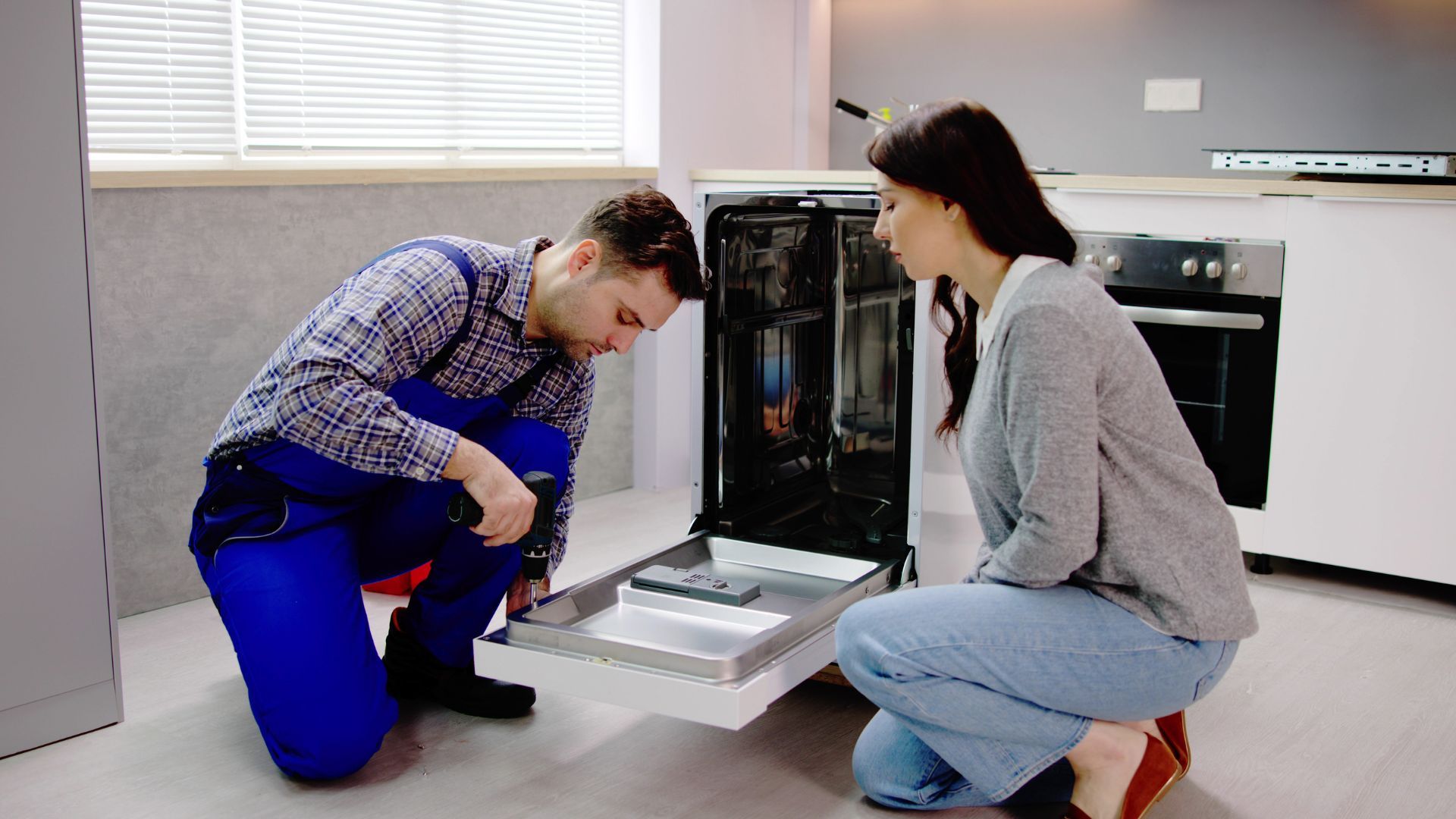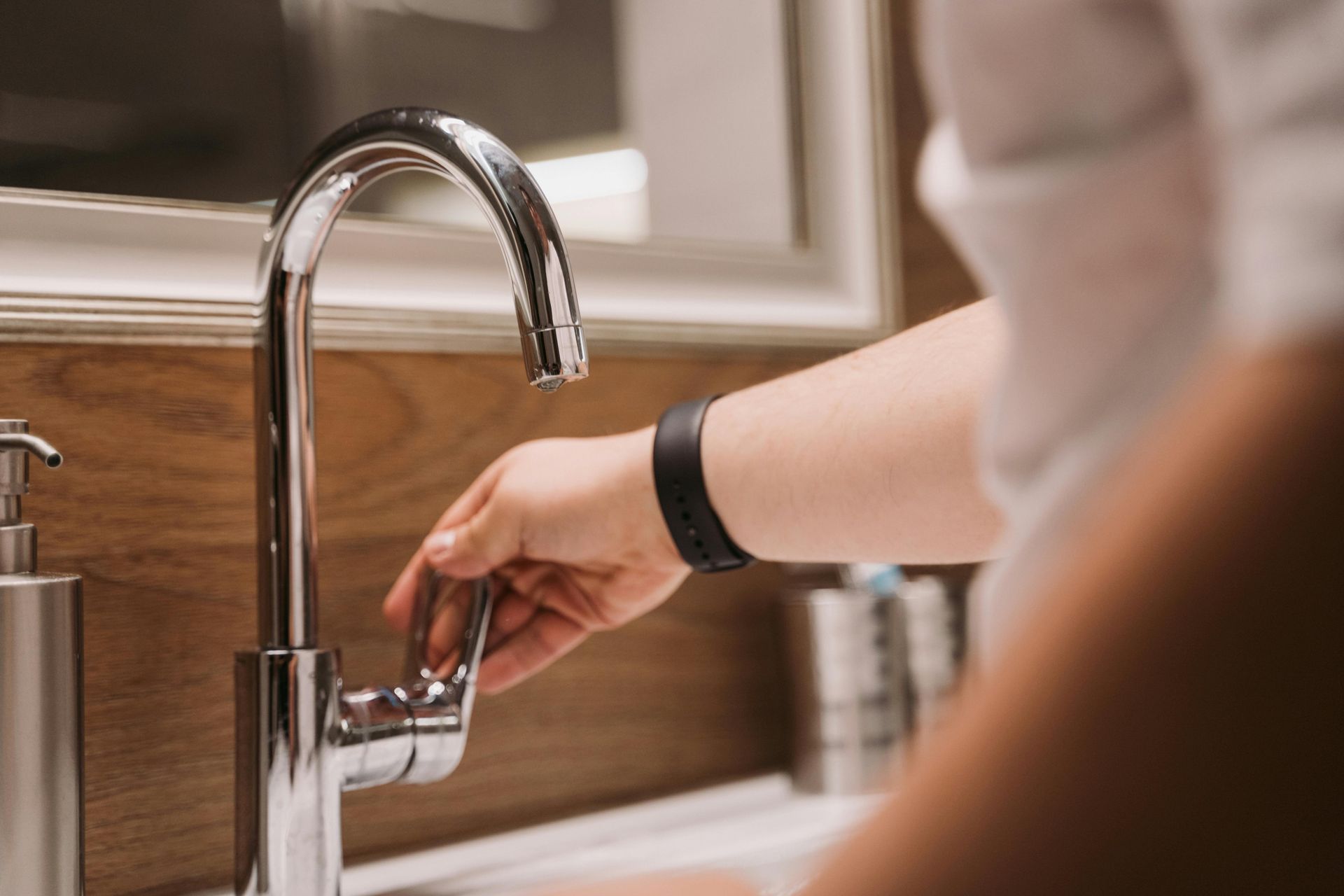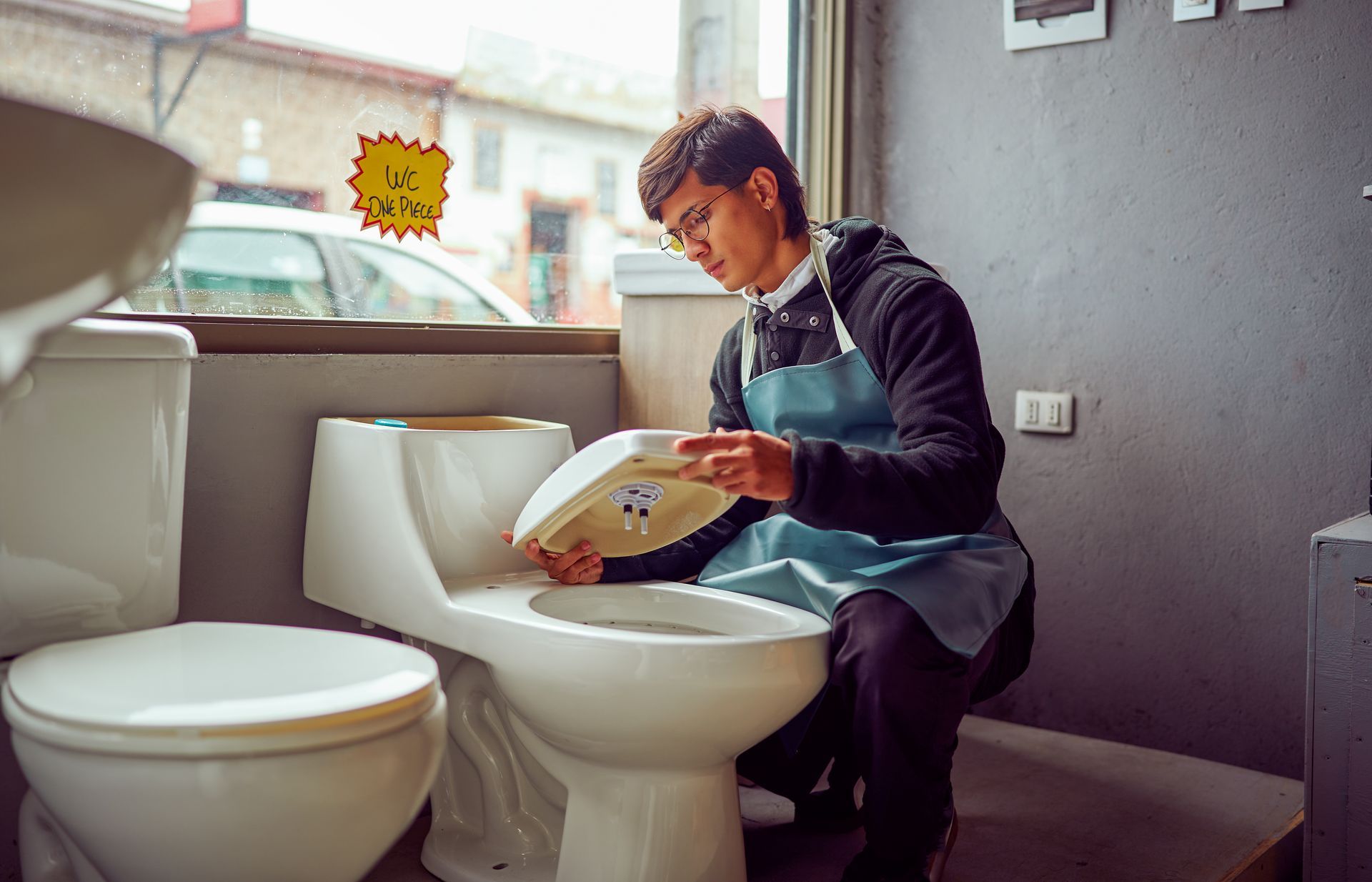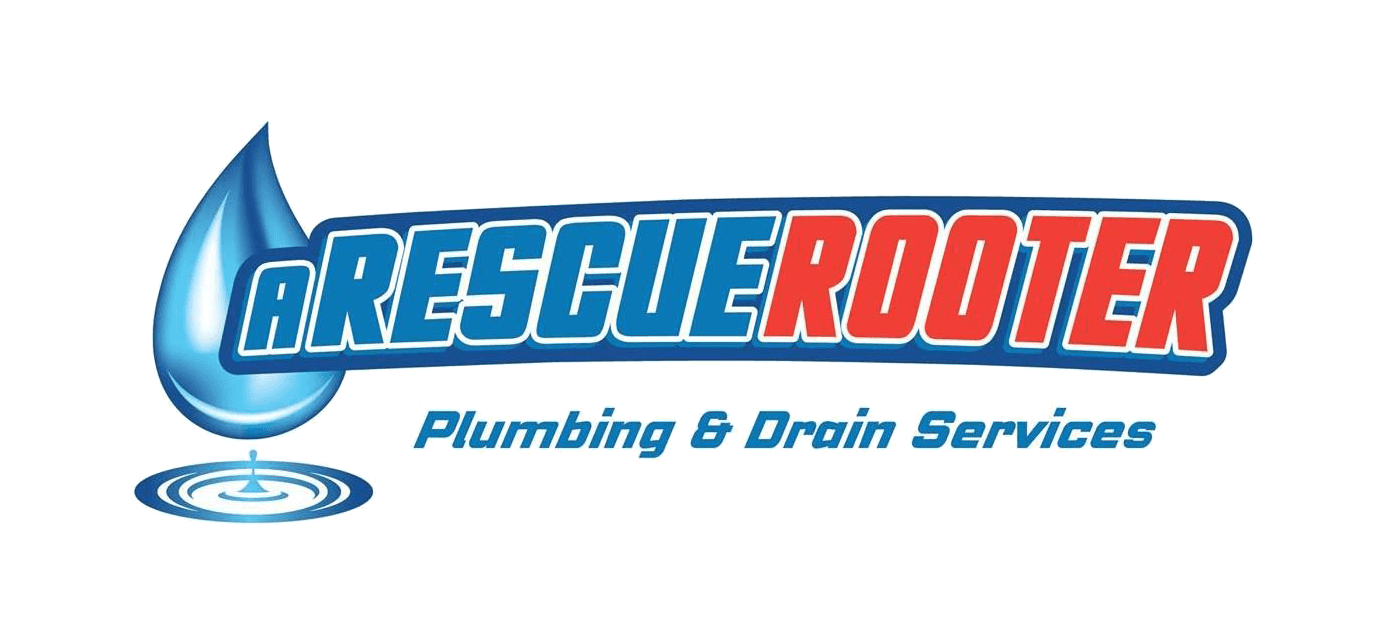Getting a new dishwasher? Installation Guide
Quick Guide To Dishwasher Installation in Burlington
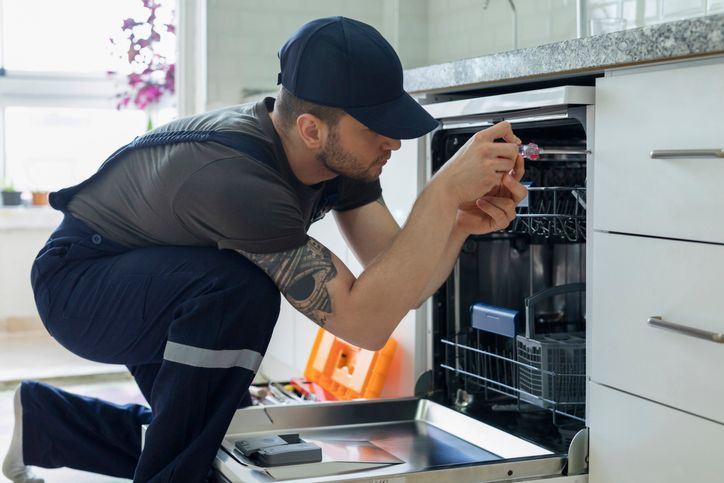
Perhaps you bought a new built-in dishwasher. Whether it’s a new dishwasher installation because you have never had one or you’re replacing on older model, you can do the installation yourself in Burlington. You can make it the dishwasher fit without a problem if you read this guide to help you with your dishwasher installation.
A built-in dishwasher is made to fit under a kitchen counter and they usually replace the space of a cupboard or two. If the dishwasher installation is brand new, it needs to be near the sink. A good idea before you start is to unbox the appliance and slide it in to where will go before to start the installation process to make sure it fits as it should. If the dishwasher is replacing an older model make sure the old one is unhooked and discarded properly. Make sure the previous electricity and water supply are disconnected before you take care of the final removal.
Before you start the dishwasher installation process, be sure you have turned off the electricity on your circuit breaker and turned off the water at the valve under the kitchen sink. You may have to drill holes to accommodate the dishwasher’s electrical wiring, water inlet and drain tubes. If you are replacing a dishwasher, more than likely you can use the previous holes in the cupboard, If this a brand-new dishwasher installation, the owner’s manual will be a huge help.
Now you will do the hook up. If you like, you can stop at any point and call the plumbing services at A Rescue Rooter in Burlington and surrounding area. Do a double-check that the electricity and water is turned off before you start this part of the dishwasher installation. Identify the electricity wire connection housing (remove its cover first.) The dishwasher comes with a power cord and thread the end you don’t plug into an outlet into there. Be sure you connect the wires of the same colour to each other. Replace the wire housing cover, thread the cord under the sink and plug it in. Keep the manual nearby during the dishwasher installation just in case you have questions.
Dishwashers generally come with a water supply that connects to the back of the appliance that lets the water run from the back of the dishwasher. Attach that, then connect the water supply that came with the dishwasher from the valve under the sink through the hole you drilled to the piece located on the back of the appliance. A great idea is to do this step of the dishwasher installation according to the owner’s manual. Be sure not to connect the hoses too tight. The manual may not mention that.
The last part that needs to connected in a dishwasher installation is to connect the drain hose to the dishwasher if need be. The hose should run from the dishwasher through the hole in the cabinet to then connected to the sink tail pipe (or garbage disposal unit.) Again, follow owner’s manual or don’t hesitate to call the reliable plumbing service at A Rescue Rooter. The Burlington plumbers can have your dishwasher installed in no time. When all the connections in place, slide the washer in place and then turn on the water and electricity that you turned off. Test your dishwasher installation by running a cycle while checking for leaks.
As mentioned earlier, the plumbing services team in Burlington a A Rescue Rooter can help you if needed. They are your Burlington plumbers who are available 24/7 and won’t charge you a premium! Call your plumbers at 905-333-6909!
